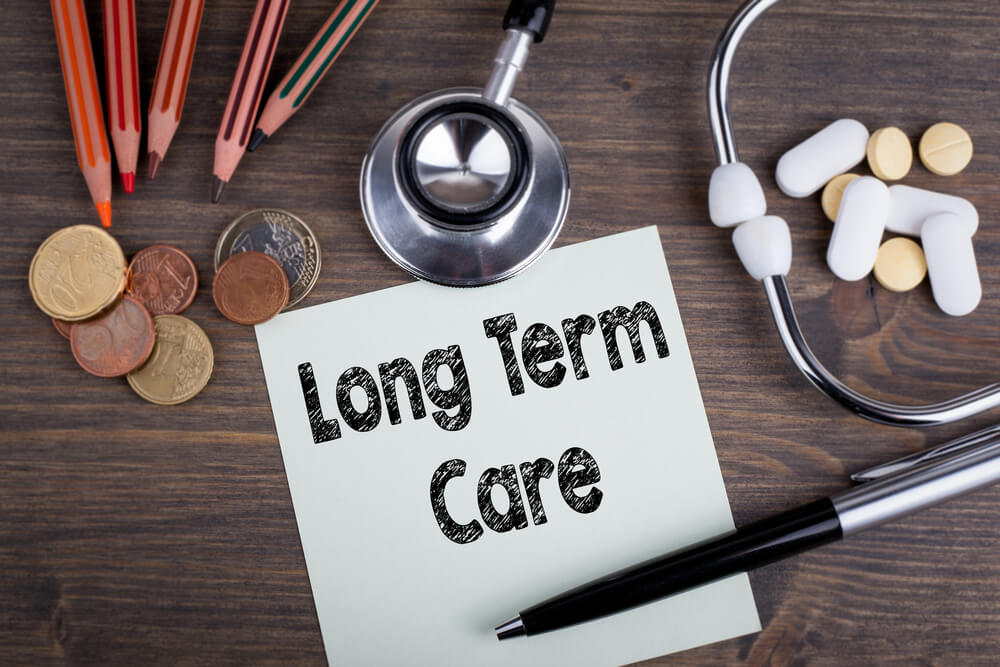Boats are a serious investment, and any damages can be very costly to repair or replace. Insurance companies use various factors to determine your insurance rate, so it is best to employ the best methods to reduce your risks, thus lowering your rates. Factors like navigation area, storage location, ownership experience, claim history, and driving record can help determine your boat insurance cost. Most insurers use these factors to estimate whether you are high or low risk.
Here are some helpful ways to ensure that you are a low-risk policyholder, thus attracting lower premiums on your boat insurance:
1. Install Safety Equipment
Installing an automatic fire control system can help reduce the risk of fire damage and can qualify you for a discount on your premium. Also, keeping safety equipment, like EPIRBs, GPS systems, Depth Finders, or Radar onboard can lower your risk.
2. Enroll in a Boating Course
If you can show a safety certificate from the US Power Squadron or the USCG Auxiliary, you may be entitled to up to 10% discount on your policy.
3. Evaluate Your Coverage Limits
High coverage limits mean a high rate, but you can balance it out by increasing your deductible—the higher your deductible, the lower your rate, and vice versa.
4. Have a Clean Driving Record
It is no surprise that people with good driving records will get credit and may be entitled to discounts. A bad driving record makes you a high-risk policyholder.
5. Opt for Diesel Engines
If your boat is powered by diesel rather than fuel, your coverage rate may be significantly lower.
6. Work on Your Credit Scores
Most providers will request your credit score to determine appropriate insurance rates. Keeping a high credit score comes with lots of benefits, including lower premiums.
7. Buy Multiple Policies
Purchasing multiple policies from one provider usually attracts a discount.
8. Select Low-risk Navigation Areas
Your rate will be affected by where you plan to use your boat. For example, coastal areas like Florida are high risk and will attract higher premiums.
9. Get a New Boat Discount
Insuring a new boat will cost less than an old one. This is because older ones are at risk of developing faults, while newer ones aren’t.
10. Steer Clear of Claims
Insurance providers tend to favor policyholders that do not make frequent claims. You will be charged more based on the frequency of your claims. This means you will have to pay significantly lower premium rates if you do not have any prior claims.
11. Check Your Speed
Many providers set a maximum speed that can be insured. Purchasing a boat that is too fast could mean higher rates.
12. Have Several Years of Boating Experience
If you have experience in boat driving, your insurance company may consider you low risk, which makes you eligible for a lower rate.
Though there are no state-mandated laws for boat insurance, having adequate coverage for your vessel will ensure an enjoyable boating experience. If you have more questions related to boat insurance or wish to buy a new policy, reach out to our experts at James Page Insurance . We can help you with reliable and affordable coverage for your boat insurance needs. Contact us today to get a quote!






